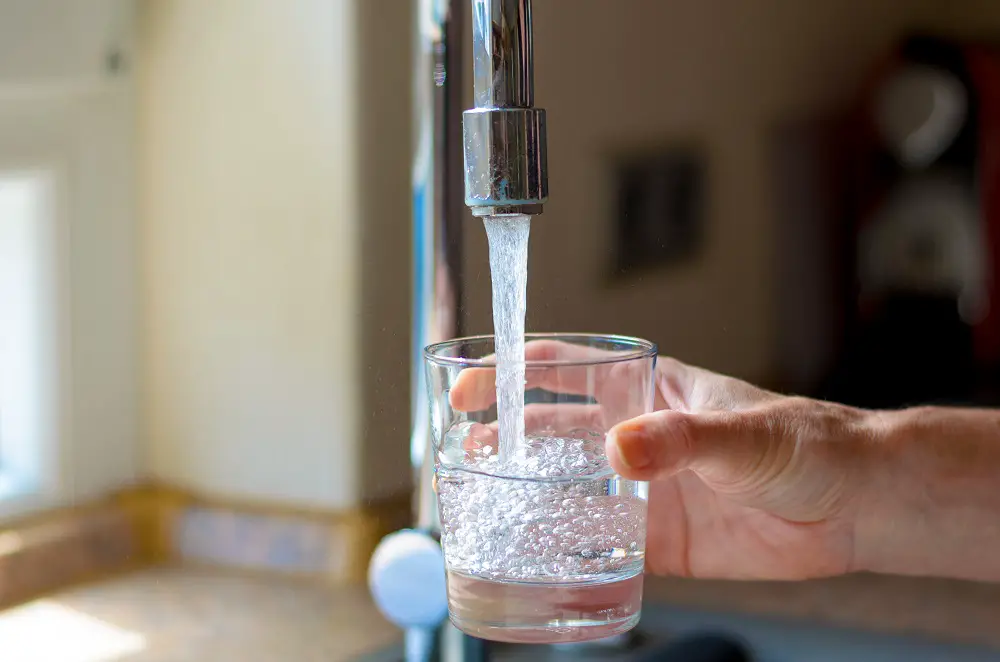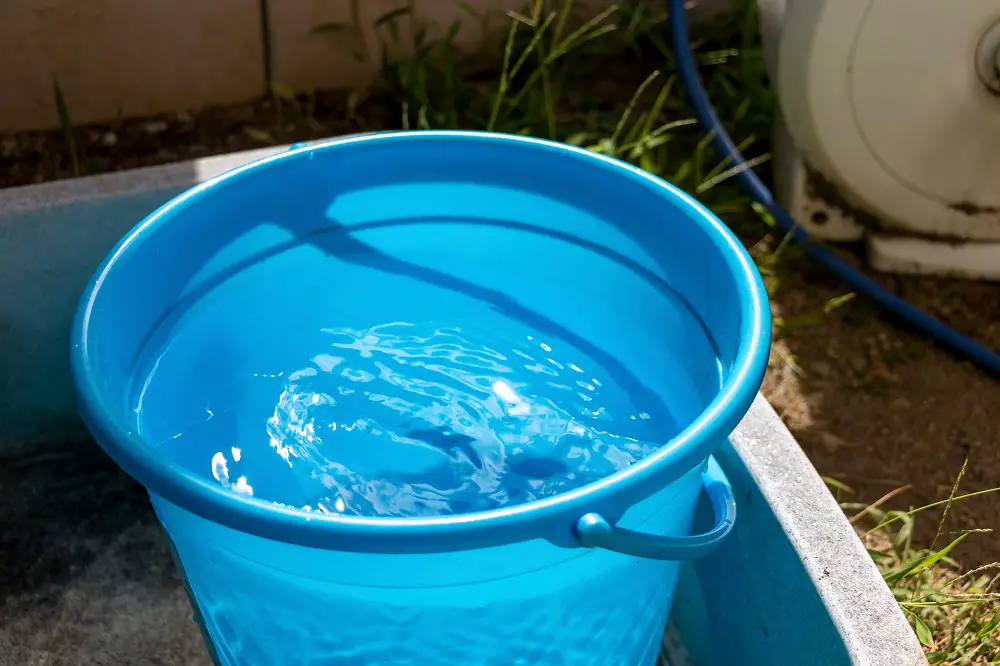Most people have a general understanding of the terms ‘energy’ and ‘power’ in the context of buying electricity and gas. The more power and energy we use, the more money it costs us on our electricity and gas bills.
Sometimes the two terms are used interchangeably, and while they have a similar meaning, there is an important difference between them.
The Difference Between Energy and Power
Energy and power apply to anything that lifts, moves, heats, or otherwise causes things to operate. Although in a modern context, energy and power are probably easiest to understand in terms of how we use electricity.
Power
Power is a measure of how quickly electricity needs to be supplied to a device or appliance for it to work. All electrical devices and appliances have their power requirements measured in Watts1, commonly abbreviated to just W. It is important to note that Watts apply both to devices that use electricity and those that generate electricity.
A good way of thinking about Watts and power is to think about water coming out of a tap. Imagine the water coming out of the tap is like electricity being generated. Imagine the tap is fully closed, and you open the tap very slowly so that water just starts dripping out.

You could say the water is coming out of the tap at the rate of 1 W (water flow is not actually measured in W, but it’s a good analogy for understanding the flow of electricity). At such a low flow rate, it would take a very long time to fill a basin or a bucket. If you open the tap fully and the water gushes out 100 times faster, you could say the water is coming out of the tap at the rate of 100 W. The basin or bucket would now fill 100 times quicker.
It is not correct to say “Watts per second”, it is just Watts. So for example, a solar panel with 200 W of power can generate electricity at the maximum rate of 200 W. When the sun is shining brightly on the solar panel, that’s like the water tap being fully open, and the electricity is coming out of the panel as fast as it can.
Likewise, a TV that is rated at 200 W will only work when electricity is supplied to it at the rate of 200 W. Imagine you connected the 200 W solar panel to the 200 W TV. When the sun is shining brightly, electricity would flow out of the panel at 200 W, and the TV would work. If the sun went behind a cloud and the solar panel was not getting full any more, that’s like closing the water tap a bit, and electricity is now only coming out of the panel at say, 100 W. The TV would stop working while the sun is behind the cloud because the electricity is not being supplied to it fast enough. As soon as the sun comes out from behind the cloud, the panel is generating at 200 W again, and the TV would start working again.
Energy
In the context of electricity, energy is usually measured in kWh (kilowatt-hours). Energy doesn’t tell you how fast the electricity is flowing, it just tells you how much electricity has flowed out of or into a device or appliance. Electricity bills are measured in kWh, because it tells you how much electricity you have used in total over a certain amount of time.
Going back to the water tap analogy, energy can be thought of like the water in the bucket. The amount of water in the bucket doesn’t tell you how fast the water got into the bucket, it just tells you how much water is in the bucket. It makes no difference whether the tap was left dripping for days, or whether it was opened full blast for a few seconds – the amount of water (“energy”) in the bucket is the same.

So if you have a device that uses 100 W of power, and you leave it turned on for 10 hours, you multiply the two numbers together to get the amount of energy that has been used by the device – in this case, 100 W x 10 hours = 1000 Watt-hours.
1000 Watt-hours is more commonly written as 1 kilowatt-hour (kWh), this is just a simpler way of writing exactly the same amount of energy (so 2000 Watt-hours is 2 kWh, 3000 Watt-hours is 3 kWh etc).
It is worth noting that a device that is rated at only 1 W of power when left on for 1000 hours has also used 1 kWh. So to know how much energy has been used, you have to know how long the device has been turned on for.
Footnote
1. In scientific terminology, a Watt is defined as the amount of power that delivers one Joule of energy per second. It is named after the Scottish inventor James Watt (1736 – 1819). https://en.wikipedia.org/wiki/James_Watt

